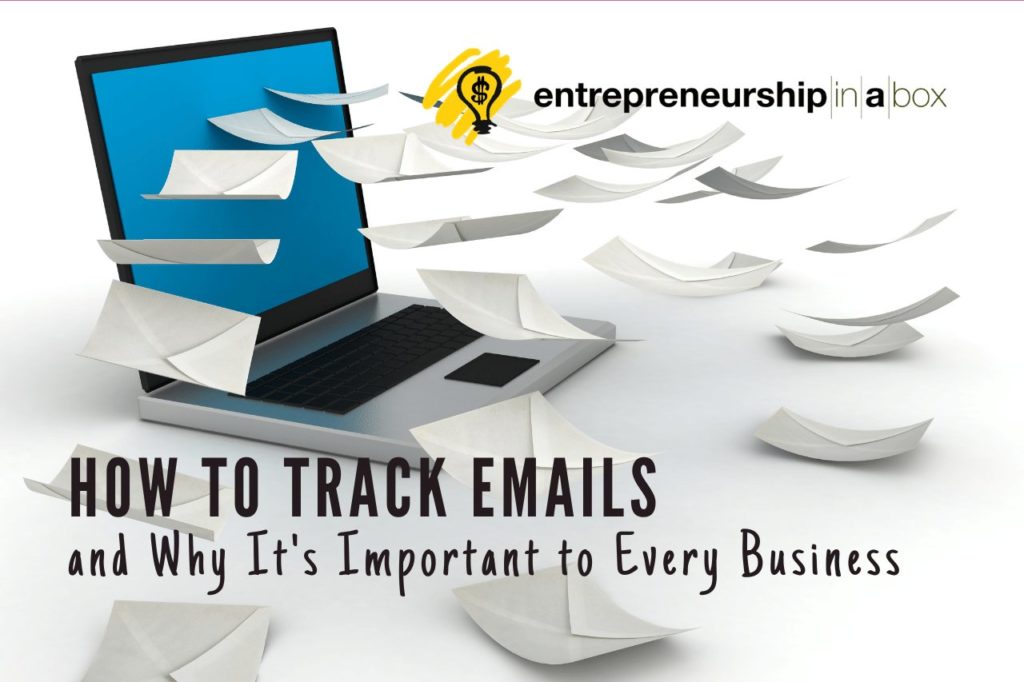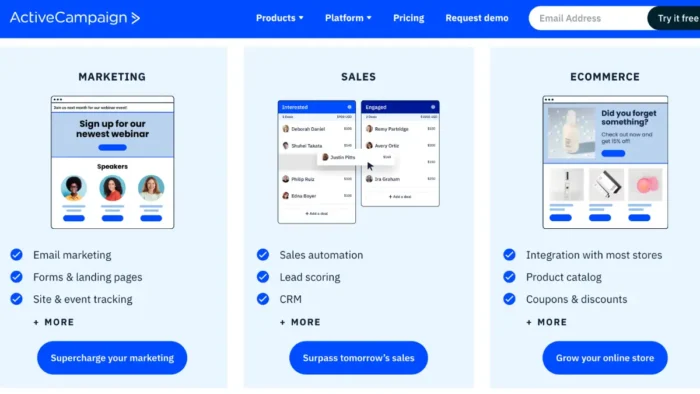The world of business has rapidly transitioned into a digital marketplace. The ability to work online and communicate with hundreds, thousands, millions, and even billions of people all from the comfort of a computer is changing how businesses operate. Email is an important communication tool and tracking emails will help you become a more productive entrepreneur.
With communication in mind, the electronic mail system, or email, is undoubtedly one of the most important functions. Tracking emails are also helping businesses understand engagement and sales. Tracking emails is being aware of when emails are received and opened, giving better insight into user habits. Here are the reasons why it is so important for any business to implement into their strategy.
Tracking Software
The first thing you need to do before learning about the benefits of email tracking is to know how to do it. Email tracking is easily accomplished with the use of dedicated software that helps give you updates on the analytics of your sent emails. A quick and easy install of software on a business computer, and suddenly, you are now able to access information for clients and customers for emails sent to them. Email tracking software is an inexpensive but highly effective tool for any business.
Similarly, it is good to have email tracking apps on business phones or your personal phone to access this data at any time. Being mobile compatible with your business is important as many people use their email on their phones outside of the workplace, so you want to know this information outside of work as well.
Related: 6 Email Inbox Management Tips to Bring Back Your Life in Your Own Hands
Benefits of Email Tracking
Recipient Schedules
The actual benefits of email tracking are quite useful for your business. Firstly, you have a business schedule that is important for maintaining your daily routine and operations. Sending out emails and being able to track them is good for understanding recipient schedules. If you are an international business or have clients/customers in different time zones as yours, it is important to know when the best times to send emails are and see when they are checking them. Knowing when they are most likely to check an email allows you to tailor your emailing schedule so that your content is not buried under a mountain of other business emails they may be receiving and give you a competitive edge by timing it right.
Related: 7 Amazing Communication Tools You Can Use With Clients
User Engagement
Nearly all the benefits of email tracking revolve around user engagement in one way or another, but on its basic level, you want to know how, who, where, and how people are accessing your emails. User engagement allows for a comprehensive look into what makes your emails more or less successful and allows you to tailor them to fit what the recipients are engaging with more. This could relate to their scheduling, it could be the content (more on that next), how many times they reread an email, or it could be that they are not responding at all. Having an understanding of how they engage will help scale your business with your digital communication needs.
Content Insight
Now, the content you include in emails is important. The most obvious way is that you can send files that contain significantly more information than you can fit in the email text box. Things like graphs, charts, data, pictures, videos, presentation files, etc. are all able to be sent as attachments, and it is good to know if the recipients of your email are actually opening these files or not. Sending useful data for them to read or review, and they hardly touch it, shows that you need to rethink what you include in your emails or change your formatting to be more useful for them.
Time-Saving
Follow-up emails are a good way for businesses to check in on clients or customers and receive feedback on things like products or services. What it also does is wastes your time. Frankly, having to write follow-up emails is a commitment that should not be necessary if you can track emails to see if people are engaging with them. If they are never opening your emails, then you can probably focus on those with more engagement in your communications. It is also a good way to see who is reading your emails numerous times and when, so you can follow up while you are on their mind.
Email tracking is just one of the lesser-known but highly useful innovations in digital business communication. Having this level of insight into the ways people are interacting with your messages on digital platforms helps you tailor your business strategy to help maximize what you learn from their engagement.



